Supernatural Spotlight – Season 6 Finale!
 In this double episode finale, we get to the end of one of the best seasons. It started out a little rocky, but had some of the series’ best episodes, I think. The finale happened while I was a on a plane to Arizona for vacation, so I wasn’t able to review it until I got back this week. (Gotta love DVR!)
In this double episode finale, we get to the end of one of the best seasons. It started out a little rocky, but had some of the series’ best episodes, I think. The finale happened while I was a on a plane to Arizona for vacation, so I wasn’t able to review it until I got back this week. (Gotta love DVR!)
Things start out at a rapid clip, with a man at a typewriter in 1937. Shortly after finishing a manuscript, he is murdered. His blood splattered across the manuscript, revealing the man’s name: H.P. Lovecraft.
In the present, Bobby discovers that Castiel has stolen one of the Campbell family journals, by Moisha Campbell (of the New York Campbells). Fortunately, the paranoid Bobby had already made copies, so they’re able to figure out that Moisha Campbell had interviewed Lovecraft, who (as they explain to Dean) had a tendency to write stories about portals opening up and nasty stuff coming out.
Things change tack as demons break into Lisa and Ben’s house, killing Lisa’s boyfriend and capturing her. Ben is hiding in his room and calls Dean, but is caught. Crowley picks up the phone and demands a meeting with Dean. Dean goes to the meeting with Sam, but tells Bobby to keep looking into the Lovecraft connection.
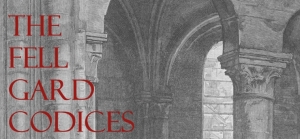 There’s been a lot of talk around the blogosphere lately about self-publishing, and its merits relative to traditional publishing. I’m not going to say anything about that, as such. But it seems obvious to me that self-publishing has a value if you have a story that could not, due to the nature of its form, be published traditionally.
There’s been a lot of talk around the blogosphere lately about self-publishing, and its merits relative to traditional publishing. I’m not going to say anything about that, as such. But it seems obvious to me that self-publishing has a value if you have a story that could not, due to the nature of its form, be published traditionally.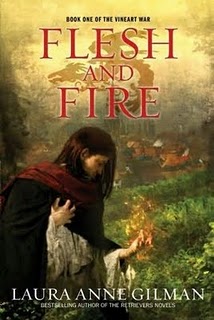 Flesh and Fire
Flesh and Fire The Wall Street Journal weighs in on the
The Wall Street Journal weighs in on the 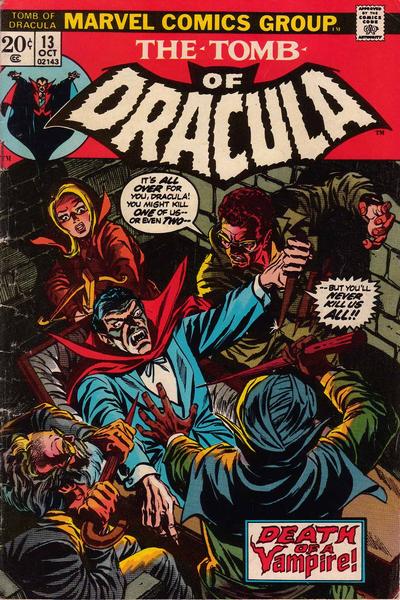
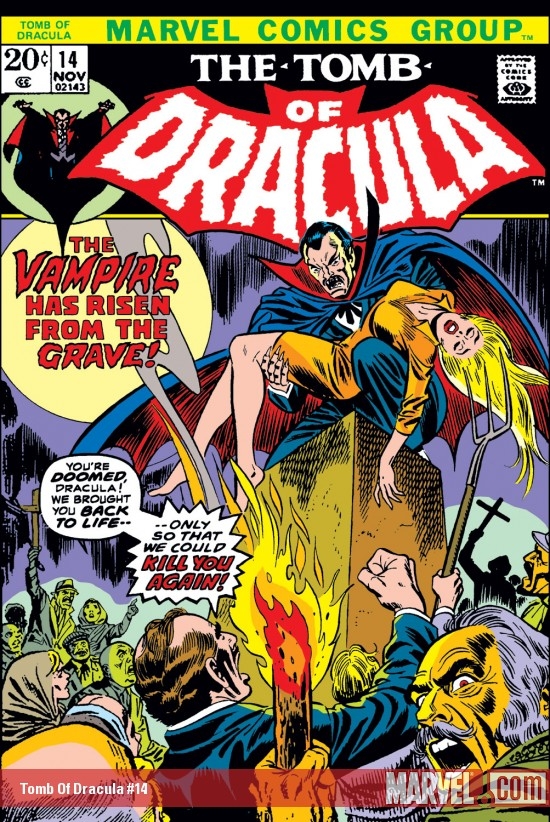
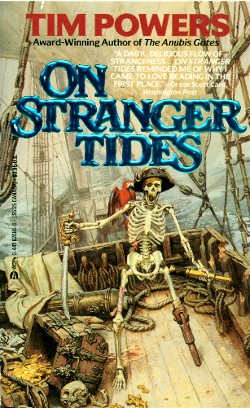 Extolling the virtues of Tim Powers to this audience is probably preaching to the choir, but if you haven’t yet read On Stranger Tides, get thee to
Extolling the virtues of Tim Powers to this audience is probably preaching to the choir, but if you haven’t yet read On Stranger Tides, get thee to 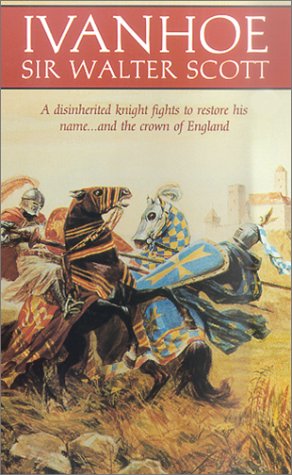 There’s a school of thought that views the Middle Ages as a dark gulf between the Classical Age and the rebirth of reason known as the Renaissance. The Middle Ages were, to paraphrase science fiction author David Brin, an unhappy time of small-mindedness and fear, marked by the squabbles of petty nobles, ignorance, superstition, and religious persecution.
There’s a school of thought that views the Middle Ages as a dark gulf between the Classical Age and the rebirth of reason known as the Renaissance. The Middle Ages were, to paraphrase science fiction author David Brin, an unhappy time of small-mindedness and fear, marked by the squabbles of petty nobles, ignorance, superstition, and religious persecution.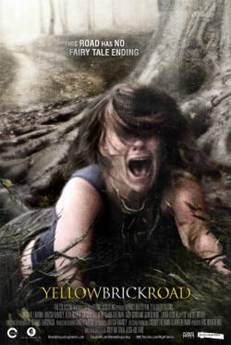
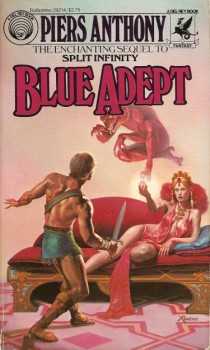
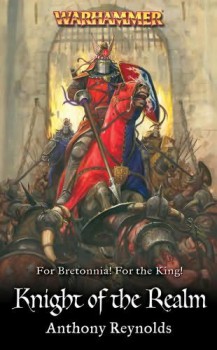 Knight of the Realm
Knight of the Realm